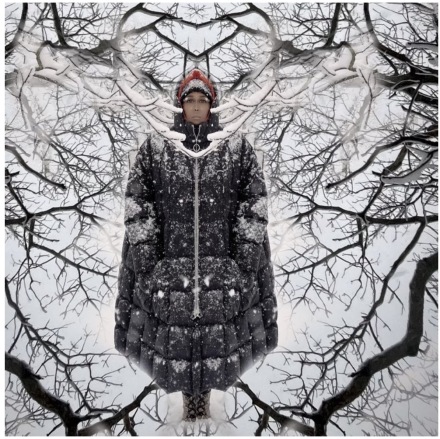
Renee Cox, Springs WinterWonderland (2021), Image courtesy of Superposition Gallery
On view at Eastville Museum (Eastville Community Historical Society) is a group exhibition titled “Resilience,” honoring the Eastville Museum in Sag Harbor—an institution founded in the 1980s to preserve the history of Black and Indigenous people in the community. Curated by Storm Ascher, the exhibit brings together 21 contemporary artists who have been called to respond visually to the curatorial theme of resilience. The Eastville Museum is situated within the Sag Harbor Hills, Azurest, and Nineveh Subdivisions, (a.k.a SANS) region of Sag Harbor, one of the oldest Black communities of the Hamptons, established in the 1940s. The tight-knit coastline community of SANS, written about at length in Pulitzer Prize winning author Colson Whitehead’s autobiographical novel, Sag Harbor, was officially added to the National Register of Historic Places in 2019.
Bringing light to the historical significance of SANS, and in support of the institution’s ongoing preservation work and archival research documenting Black and Indigenous history in the Hamptons, Ascher’s nomadic art gallery, Superposition, organized the benefit exhibition with lead sponsorship from Phillips Auction House. Participating artists include Marcus Leslie Singleton, Helena Metaferia, Jeremy Dennis, John Rivas, Renee Cox, and Patrick Alston, among others.
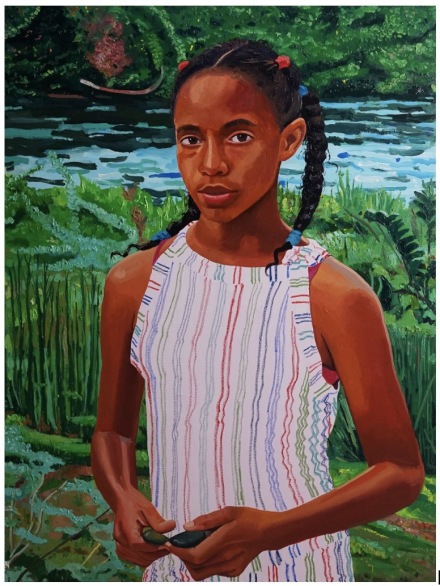
Raelis Vasquez, The Perfect Stone (2022), Image courtesy of Superposition Gallery
The exhibit, which includes framed prints, drawings, paintings and mixed media collages, marks Superposition’s four-year anniversary, and its second time partnering with Eastville Museum and its executive director and chief curator, Georgette Grier-Key. Superposition’s founder and Sag Harbor resident, Storm Ascher, says: “I have personally associated the Hamptons, and specifically my home in Sag Harbor, as a safe place to reinvigorate my passions and stamina while surrounded by the natural elements. Having an oasis escape to continue one’s hustle is a right that every person deserves. I want my community to know that they are welcome in spaces that, on the surface, are known as exclusionary. I believe it is important for BIPOC to know that they have history in these areas–that there is a palpable and visceral sense of ancestry in this town. There is also a resurgence throughout the country to reestablish a sense of ownership and access to beach towns that have long been thought of as exclusive to a certain class or race due to gentrification.”
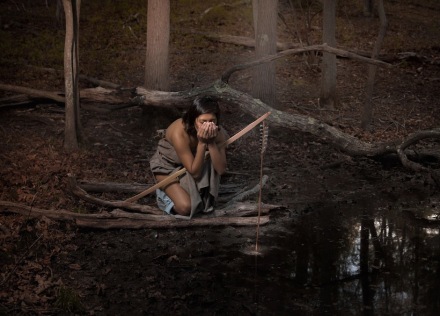
Jeremy Dennis, Manitou Hill (2017), Image courtesy of Superposition Gallery
Across the street from the Eastville Museum, a church, overseen by the museum, is believed to have been a stop on the Underground Railroad. The SANS region was later deemed as a safe harbor for people escaping Jim Crow laws in the South. In addition to the exhibition inside the Eastville Museum, Superposition is funding public installations throughout the preserved museum grounds of the church across the street, reclaiming the area’s Black ancestry and connecting the region’s historical roots with the present moment.
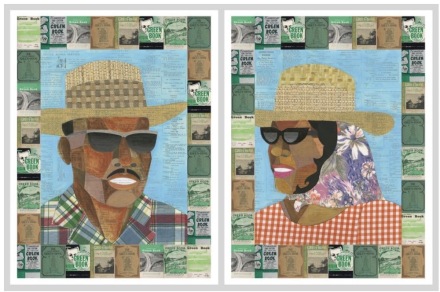
Derrick Adams, Kings on Vacation (diptych) (2021), Image courtesy of Superposition Gallery
Resilience opened on July 4th and runs through September 30, 2022. The funds raised from the exhibition will benefit the museum’s archival research initiatives and help establish the museum’s collection of contemporary artists and scholars in the community. Patrons and collectors are encouraged to donate the contemporary works for sale directly into the contemporary collection of Eastville to support the legacy and longevity of BIPOC excellence in Sag Harbor.
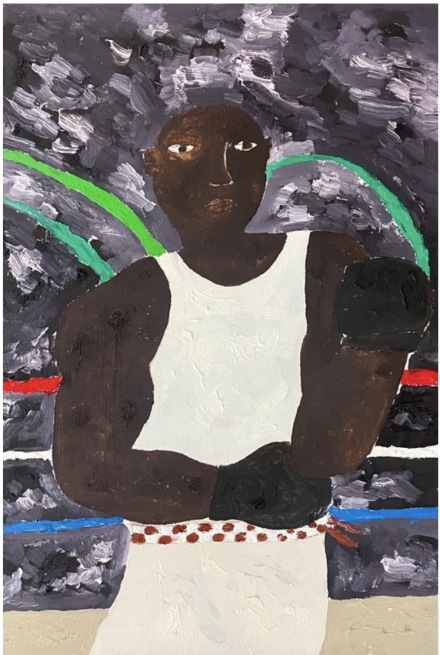
Marcus Leslie Singleton, Sparring (2022), Image courtesy of Superposition Gallery
– G. Suter
Read more:
Eastville Museum [Exhibition]



